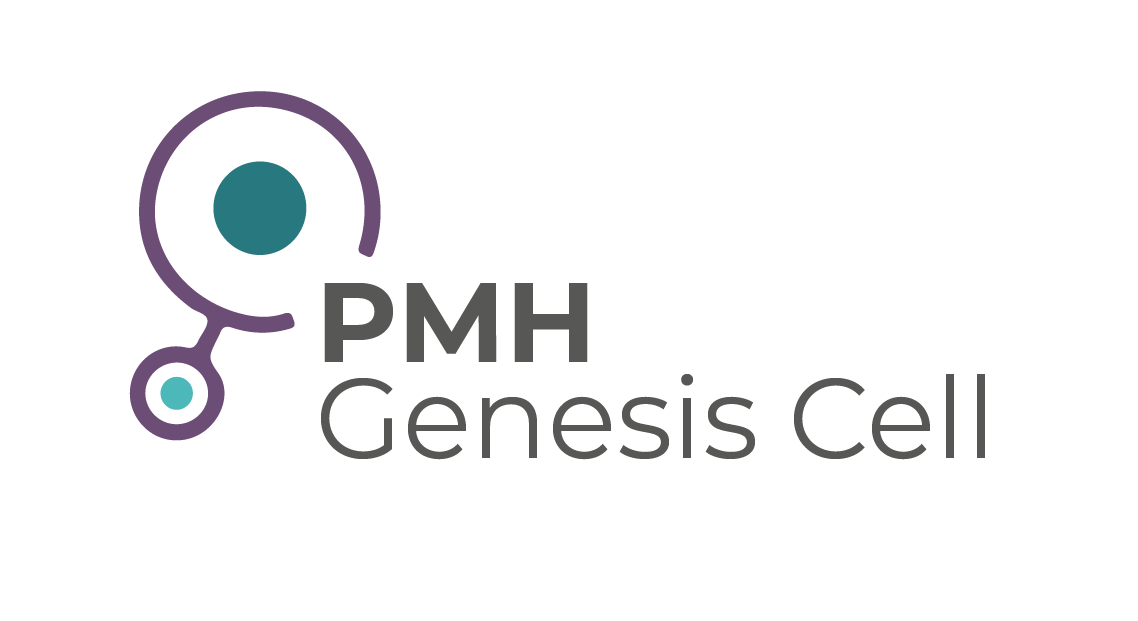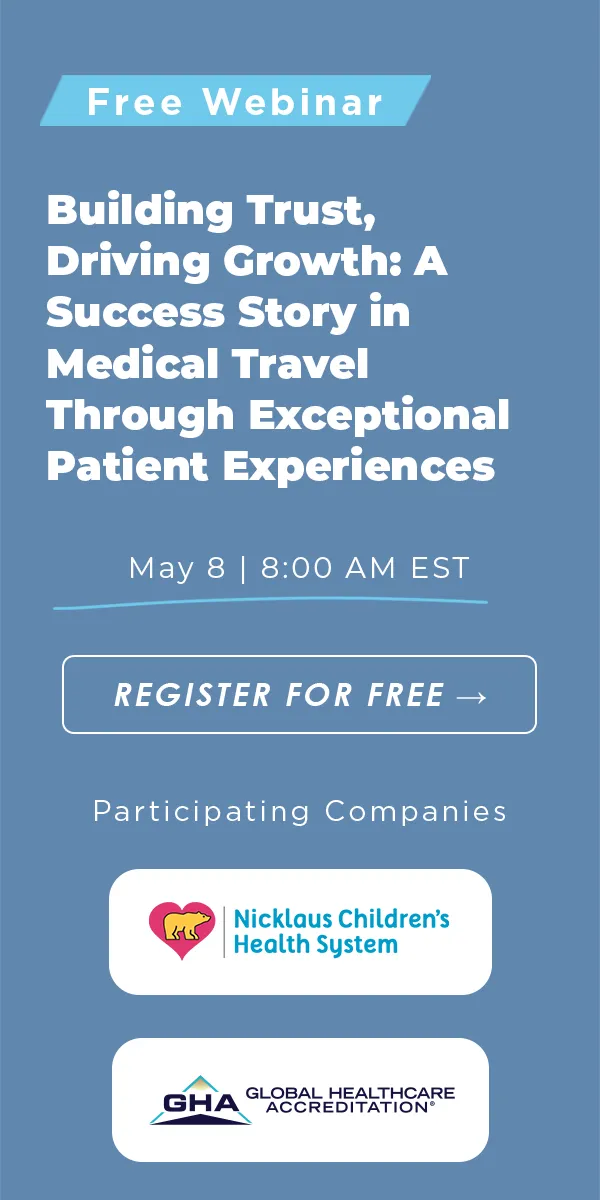Laparoscopic Hysterectomy
Steps Involved in IVF:
Procedure Description
A Laparoscopic Hysterectomy is a surgical procedure used to remove a woman's uterus. This procedure may be recommended for a variety of reasons, including fibroids, endometriosis, cancer, chronic pelvic pain, or abnormal bleeding. Unlike traditional open surgery that requires a large incision, laparoscopic hysterectomy is minimally invasive. Surgeons make a few small incisions in the abdomen to insert a laparoscope—a slender tube with a camera—and surgical instruments. This allows for better precision and leads to smaller scars, less blood loss, and a quicker recovery.
The laparoscopic method offers various options, such as total hysterectomy (removal of the uterus and cervix) and subtotal or partial hysterectomy (removal of the uterus while leaving the cervix intact). The decision on which type to opt for depends on the patient's medical condition, age, and personal choice, often guided by the advice of a qualified healthcare professional.
People opt for a laparoscopic hysterectomy over the traditional approach due to its many advantages. These include reduced postoperative pain, less tissue trauma, and a quicker return to normal activities. However, it's crucial to consult with a qualified medical professional to determine if this procedure is the right choice for you.
Procedure Duration
A laparoscopic hysterectomy generally takes between one to three hours, depending on various factors such as the surgeon's expertise, the patient's anatomy, and the specific type of hysterectomy being performed. After the procedure, patients are often required to stay in the hospital for a short period, usually 24 to 48 hours, for monitoring and initial recovery.
One of the most significant advantages of a laparoscopic hysterectomy is the shorter recovery time when compared to traditional open surgery. Most patients can return to light activities within one to two weeks and resume full activities within four to six weeks. It's essential to adhere to the postoperative care instructions provided by your healthcare team for a smooth recovery.
Though the procedure itself may take just a few hours, the complete process from initial consultation to full recovery can span a few weeks. This includes preoperative evaluations, necessary lab tests, and postoperative check-ups. Therefore, it's essential to consider this duration, especially when planning medical tourism for this surgery.
Benefits
- Cost Savings: Many countries offer laparoscopic hysterectomy at a fraction of the cost found in the U.S. or other developed nations.
- Expertise: Some destinations specialize in laparoscopic surgeries, ensuring high-quality healthcare providers.
- Advanced Technology: Hospitals in popular medical tourism destinations often have state-of-the-art facilities and technologies.
- Reduced Wait Time: Medical tourism can often mean quicker access to medical services.
Potential Destinations
- India: Known for high-quality healthcare at affordable prices.
- Thailand: Renowned for its state-of-the-art hospitals and luxury recovery suites.
- Turkey: Offers a mix of modern healthcare facilities and historic cultural experiences.
- Singapore: Known for its stringent healthcare standards and advanced technologies.
Risks & Considerations
- Travel Complications: Think about how your travel plans may affect your recovery.
- Language Barriers: Not all medical staff may be fluent in English or your native language.
- Legal Considerations: Laws regarding medical malpractice may differ in other countries.
- Postoperative Care: Ensure you have access to appropriate postoperative care, both abroad and at home.
How to Choose the Right Doctor and Hospital
- Accreditations: Look for hospitals with international healthcare accreditations.
- Doctor’s Credentials: Confirm that the surgeon is board-certified in the specialty relevant to the procedure.
- Reviews and Testimonials: Research patient reviews and ask for testimonials, if available.
- Consultation: Schedule an initial consultation to discuss your condition and evaluate your comfort level with the healthcare providers.
To receive a free quote for this procedure please click on the link: https://www.medicaltourism.com/get-a-quote
Patients are advised to seek hospitals that are accredited by Global Healthcare and only work with medical tourism facilitators who are certified by Global Healthcare Accreditation or who have undergone certification from the Certified Medical Travel Professionals (CMTP). This ensures that the highest standards in the industry are met. GHA accredits the top hospitals in the world. These are the best hospitals in the world for quality and providing the best patient experience. Click the link to check out hospitals accredited by the Global Healthcare Accreditation: https://www.globalhealthcareaccreditation.com
Frequently Asked Questions
What actually happens during hyperstimulation of the ovaries?
The patient will take injectable FSH (follicle stimulating hormone) for eight to eleven days, depending on how long the follicles take to mature. This hormone is produced naturally in a woman’s body causing one egg to develop per cycle. Taking the injectable FSH causes several follicles to develop at once, at approximately the same rate. The development is monitored with vaginal ultrasounds and following the patient’s levels of estradiol and progesterone. FSH brand names include Repronex, Follistim, Menopur, Gonal-F and Bravelle. The patient injects herself daily.
What happens during egg retrieval?
When the follicles have developed enough to be harvested, the patient attends an appointment where she is anesthetized and prepared for the procedure. Next, the doctor uses an ultrasound probe to guide a needle through the vaginal wall and into the follicle of the ovary. The thin needle draws the follicle fluid, which is then examined by an embryologist to find the eggs. The whole process takes about 20 minutes.
What happens to the eggs?
In the next step, the harvested eggs are then fertilized. If the sperm from the potential father, or in some cases, anonymous donor, has normal functionality, the eggs and sperm are placed together in a dish with a nutrient fluid, then incubated overnight to fertilize normally. If the sperm functionality is suboptimal, an embryologist uses Intracytoplasmic Sperm Injection to inject a single sperm into a single egg with an extremely precise glass needle. Once fertilization is complete, the embryos are assessed and prepared to be transferred to the patient’s uterus.
How are the embryos transferred back to the uterus?
The doctor and the patient will discuss the number of embryos to be transferred. The number of successfully fertilized eggs usually determines the number of eggs to be placed in the uterus. Embryos are transferred to the uterus with transabdominal ultrasound guidance. This process does not require anesthesia, but it can cause minor cervical or uterine discomfort. Following transfer, the patient is advised to take at least one days bed rest and two or three additional days of rest, then 10 to 12 days later, two pregnancy tests are scheduled to confirm success. Once two positive tests are completed, an obstetrical ultrasound is ordered to show the sac, fetal pole, yolk sac and fetal heart rate.
Embryoscope©
Built into this technology there is a microscope with a powerful camera that allows the uninterrupted monitoring of the embryo during its first hours of life. In this way, we can keep a close eye on the embryo, from the moment when the oocyte is inseminated and begins to divide into smaller and smaller cells, until it can be transferred to the uterus.
Orthopedics Stem Cell
Knee
Research on mesenchymal stem cells regenerative properties in knee osteoarthritis. In these studies, researchers suggest that Stem Cell Therapy has the potential to regenerate lost cartilage, stop and reverse cartilage degeneration, provide pain relief, and improve patient mobility.
Shoulder
Stem Cell Therapy as an Alternative to Rotator Cuff & Shoulder Replacement Surgery. Stem cell therapy may offer an excellent alternative for patients looking to avoid shoulder joint replacement surgery, as well as many other surgical treatments for shoulder pain.
Ankle
If you suffer from chronic or acute ankle pain or instability due to arthritis, cartilage loss, ligament strain or tear, or tendon damage, then you may benefit from non-surgical stem cell treatments or stem cell-enhanced surgery.
Back Pain
Patients now have a minimally invasive option. Stem cell therapy for back pain and disc herniations can potentially repair the damaged disc or facet joint, restore function, rehydrate the disc, and ultimately alleviate chronic pain.
Anti-Aging Stem Cell
Hair Loss
Stem cell therapy and PRP therapy have been shown to be most effective for: Those in the early stages of hair loss, patients who are not viable candidates for surgery and women who prefer to avoid hair surgery.
Facial Anti-Aging
Aesthetic Anti-Aging. The Aesthetic Stem Cell Localized Treatment is a non-surgical minimally invasive procedure to enhance the appearance of aging skin and hair restoration. This all-natural technique combines dermal injections of bone marrow or adipose tissue derived stem cells and growth factors.
Fertility Stem Cell
Endometrial PRP
The stem cells used for treatment of a thin endometrium include mesenchymal stem cells. In addition, successful repair of the endometrium in pregnancy with stem cells has been reported previously.
Low Ovarian Reserve (PRP)
The treatment uses PRP (Platelet-Rich-Plasma), which with stem cell therapy is the novel therapeutic approach for restoring the quality of the ovarian reserve.Your PRP will contain a physiologic balance of platelets, growth factors and white blood cells tailored specifically for you.

Punta Mita Hospital
Mexico


Punta Mita Hospital - Genesis Cell
Mexico














